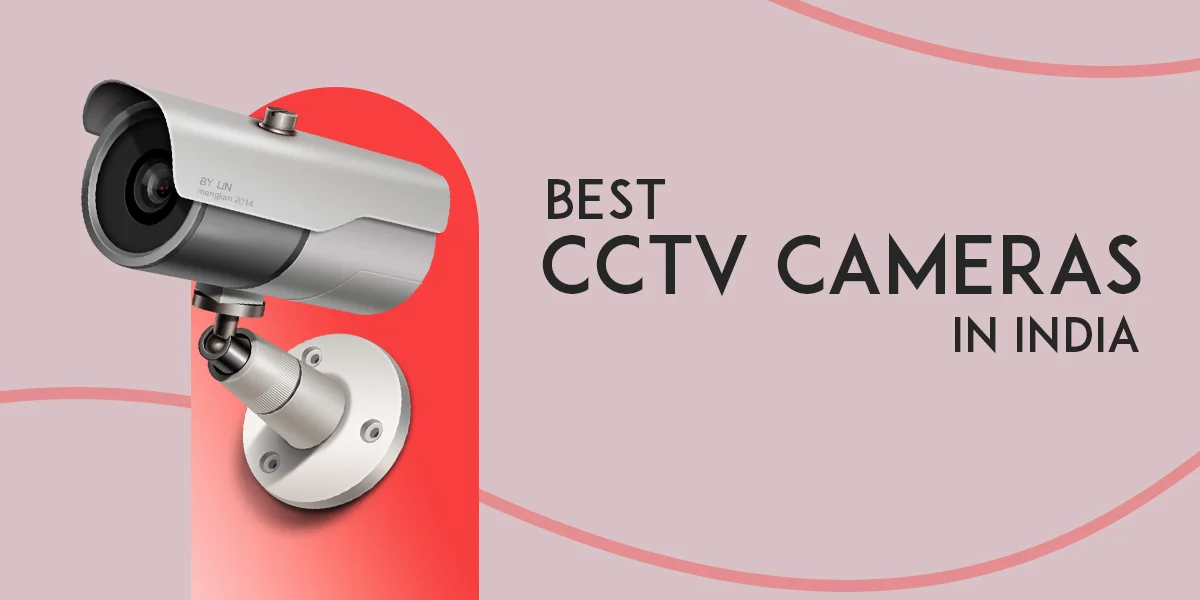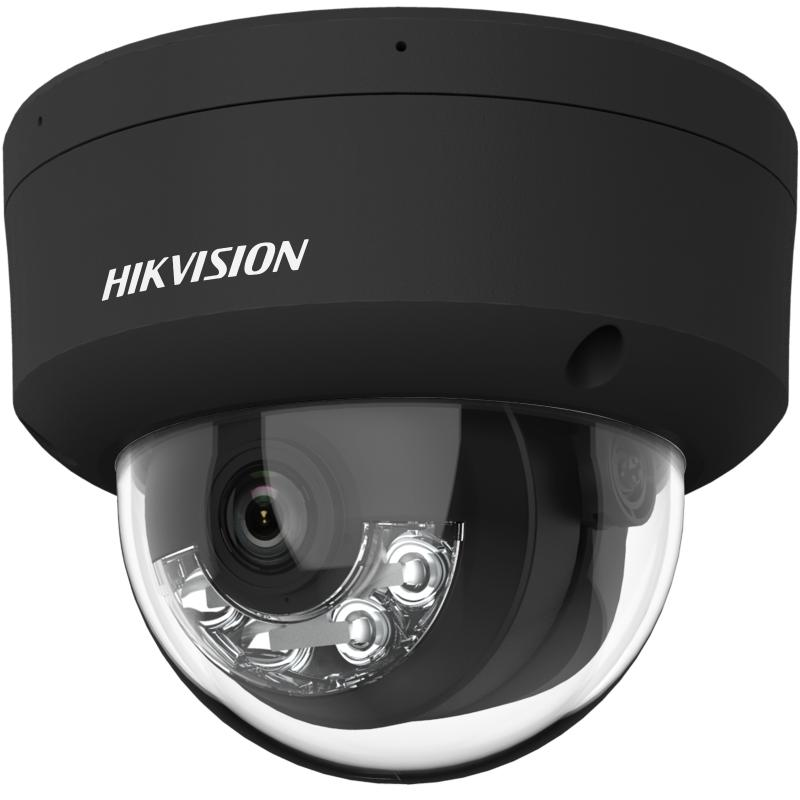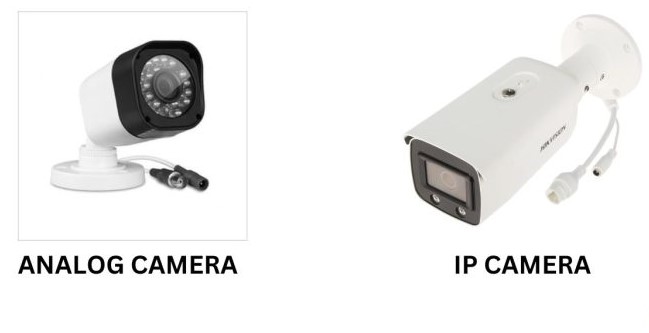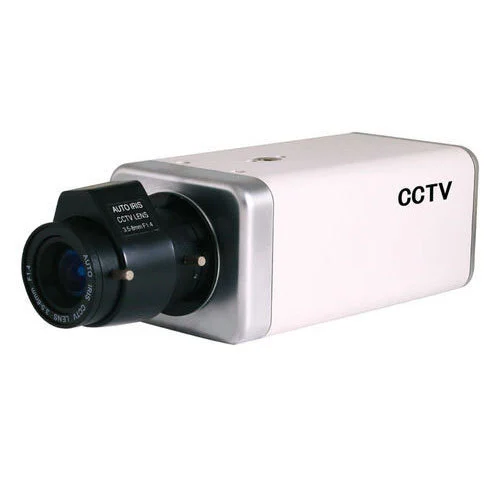PTZ Pan Tilt & Zoom Cameras
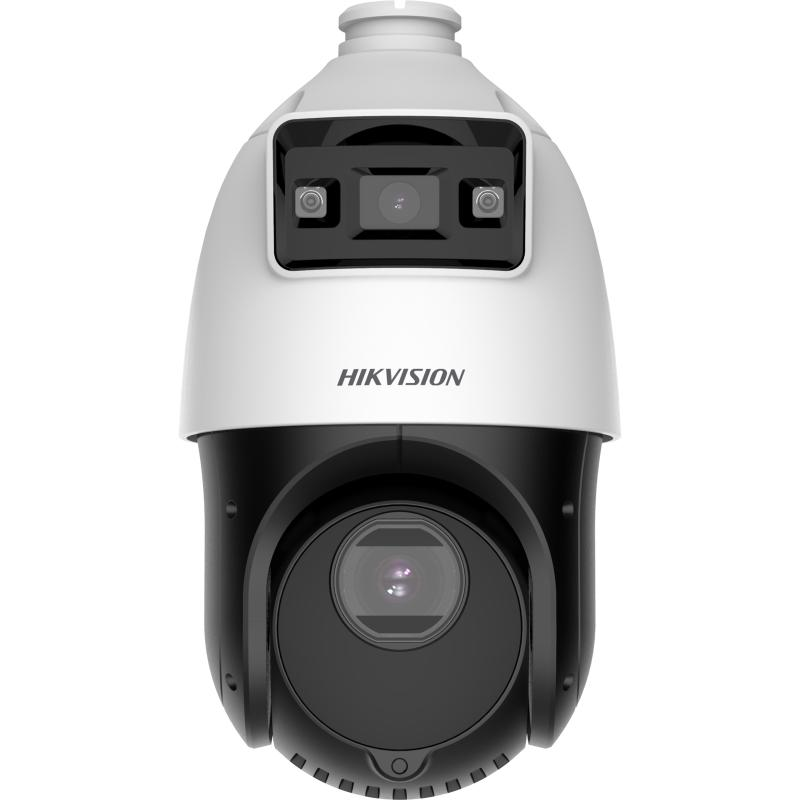
PTZ cameras, or pan, tilt, and zoom cameras, enable the lens to be zoomed in closer or further as well as move the camera left or right. When a live guard or surveillance professional is present to operate the security systems, these cameras are used.
Features and Advantages of PTZ Cameras:
- Large Field of View: PTZ cameras are used to monitor a large area, and often recommended to use in conjunction with a fixed camera to avoid gaps in coverage. Depending on the model, cameras can move anywhere between zero pan/tilt and the full 360 degree pan/180 degree tilt. Some solutions also have digital pan and tilt, which allows for video to be adjusted after recording – though the resulting video would be grainer and lower res.
- Motion-Based Auto Tracking: Auto tracking is a function that enables PTZ cameras to adjust their field of view to follow moving objects automatically. The use case for this function is typically best applied in quiet areas with minimal movement (for example, a museum after closing).
- Remote Camera Control: Conventional PTZ cameras can be manually and remotely adjusted to track suspicious activity. This allows users to change the camera’s field of view without having to go onsite. A few common control mechanisms include: Mobile apps, joystick controls, and computer apps which all allow operators to adjust cameras with the control they prefer.
- Zoom Capabilities: Most PTZ cameras support optical zoom, which is used to view and capture faraway objects like license plates or faces. Optical zoom (ie: 20x, 30x, 40x) refers to the maximum focal length divided by the minimum focal length – the larger the number, the further the zoom.
Where PTZ cameras are commonly used:
PTZ cameras can be used in an ever wider range of areas like stadiums, large industrial yards, and other expansive outdoor areas. A few of the most suitable use cases are listed below:
- Stadiums: Help ensure crowd safety during concerts, events, or sports games. Capture the action and oversee seating areas, entrances and critical points.
- Parking lots: Scan wide areas with extensive coverage at key locations, including entrances, exits and high-traffic areas.
- Transportation hubs: Increase public safety by monitoring platforms, ticketing areas and waiting zones. Use facial recognition and investigate suspicious activities.
- Parks: Provide a safer environment for park-goers, deter vandalism and illegal behavior and monitor wildlife.
- Train yards: Monitor train yard operations, tracks and storage areas to safeguard assets, detect unauthorized access and respond to security breaches promptly.
- Storage lots: Gain a bird’s eye view of sweeping areas from poles or towers. Monitor equipment, infrastructure and detect suspicious activities.
- Warehouses: Secure entry points, loading docks, storage areas and inventory in warehouses and distribution centers.
- Loading docks: Observe loading dock operations, prevent unauthorized access and deter theft or tampering of goods in transit.
Types of PTZ Cameras:
PTZ IP Camera: PTZ (IP) cameras can be deployed via WiFi or Power over Ethernet (PoE). Compared to traditional analog PTZ cameras WiFi PTZ Camera: WiFi PTZ cameras connect wirelessly to a router without a hardwired connection. (However, they still require a power source.) A strong WiFi connection is also recommended to prevent issues with lag and video quality.
PTZ PoE Camera: A PoE camera uses an Ethernet cable that plugs into a PoE switch to receive power and an internet connection. It generally has a connection distance much more powerful than WiFi.
PTZ Analog Camera: Analog (CCTV) PTZ cameras use an analog video signal to capture surveillance footage, and are wired to digital video recorders (DVRs) via coaxial cables. Analog PTZ security cameras typically cannot transmit video data on their own and require a DVR to support converting, compressing, and saving footage.
Outdoor PTZ Camera: PTZ cameras that are deployed outdoors must be able to withstand more extreme temperatures and weather conditions. They’re typically encased in a weatherproof exterior with an IP rating that indicates adequate protection against natural elements.
Wireless PTZ Camera: In cases where the installer is unable to run video cables, wireless PTZ cameras are able to transmit video wirelessly. Typically this is done through WiFi, although transmitter sets can be used to convert analog signals. Wireless PTZ cameras are typically deployed for long-distance outdoor monitoring where it’s difficult or expensive to run cabling.


